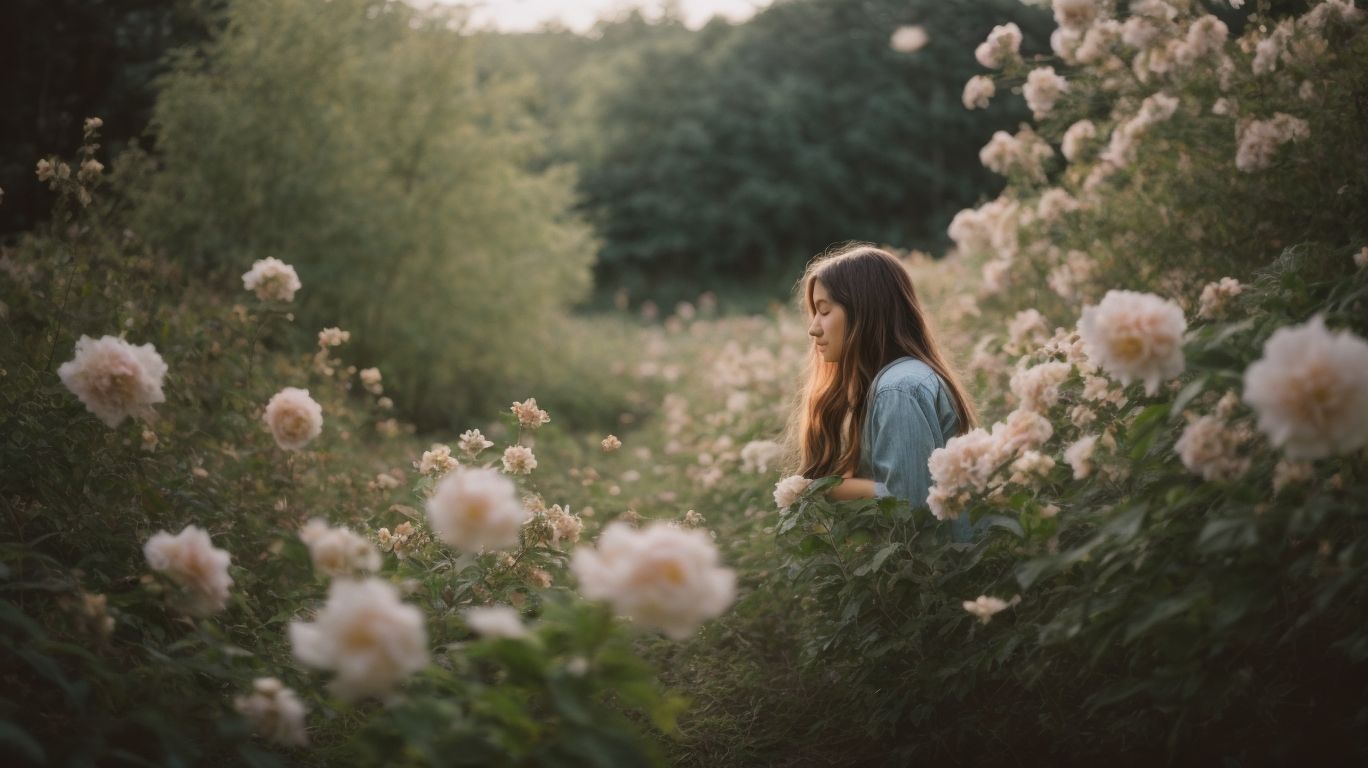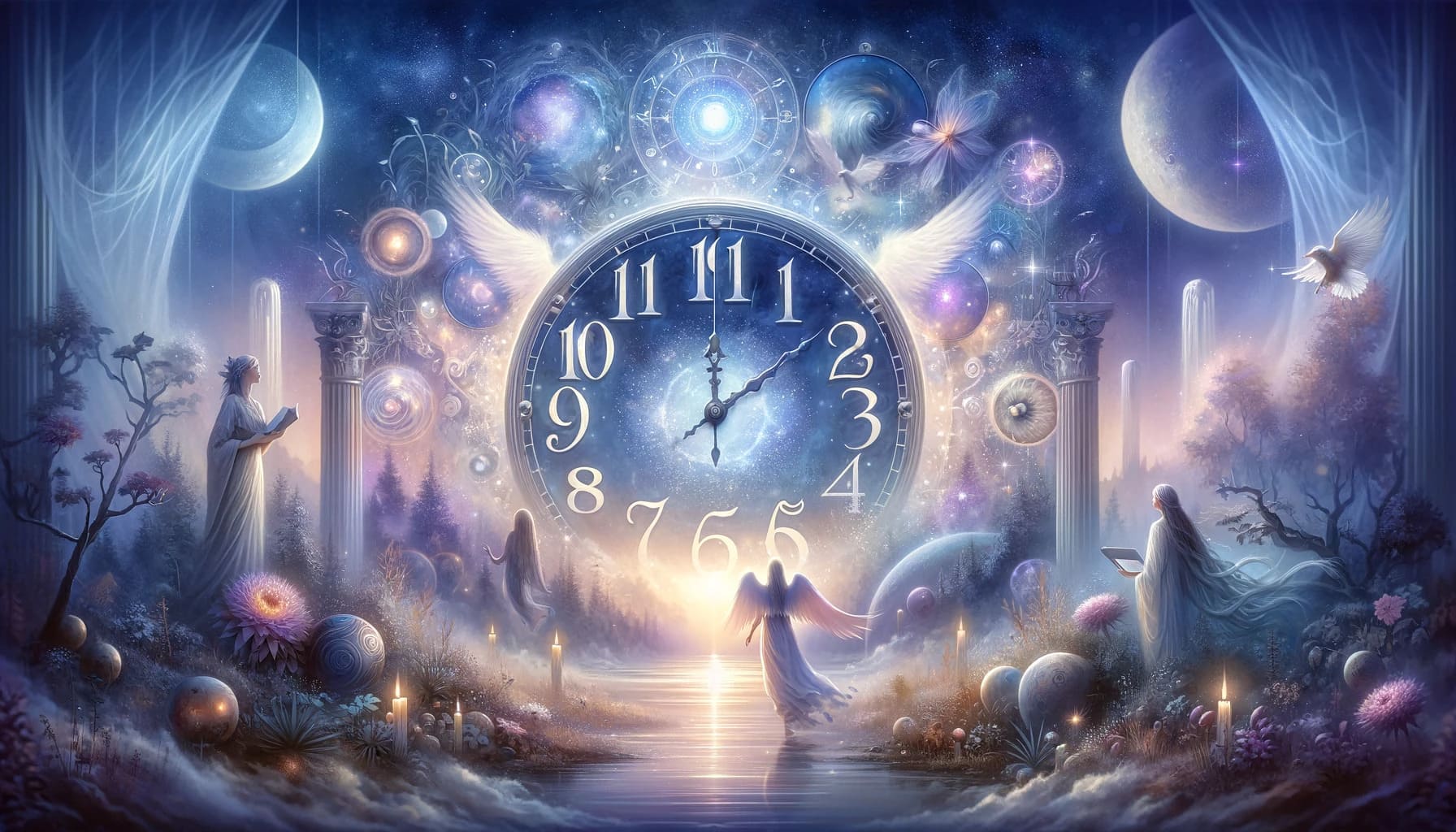Welcome to a journey of understanding how menstruation can be more than just a biological process; it's a deeply...
Sleep Culture

Can Sleep Paralysis Kill You?

Sri Chakra Raja Simhasaneshwari Lyrics + Video

How to spiritually forgive yourself

11:10 meaning
Spiritual things to do on your period
Best Spiritual Jazz Albums
Explore the depth and beauty of spiritual jazz as we journey through the genre's finest albums. Experience the...
What is spiritual energy exchange?
Embark on a quest to decipher the essence of spiritual energy exchange, a process pivotal to many seeking...
Spiritual Warning Dreams
Spiritual warning dreams form an intriguing aspect of the human experience, knitting together the fabric of spiritual...
Why is my left foot itching spiritual meaning
Welcome to a journey through the spiritual and cultural interpretations of an itchy left foot, a sensation that many...
Why is my right foot itching spiritual meaning
Have you ever experienced a persistent itch on your right foot and wondered if it meant anything more profound than...
Waxing gibbous moon spiritual meaning
Understanding the Waxing Gibbous Moon Phase The waxing gibbous moon, often seen as the bridge between promise and...
Waning gibbous moon spiritual meaning explained
Understanding the Waning Gibbous Moon Dive into the fascinating phase of the waning gibbous moon—often overlooked yet...
Sleep paralysis demons drawings
An Exploration of Art and the Human Condition The fusion of art with the human psyche offers a compelling tableau,...
Can You Die from Lucid Dreaming?
Is Lucid Dreaming Dangerous? Lucid dreaming captivates many with its promise of bending the dream world to one's will....
Understanding Sleep Paralysis in Islam
Explore the Islamic perspective on sleep paralysis with insights from Very Sleepy People.
Best natural insomnia remedy
Understanding Insomnia Many of us toss and turn at night, struggling to unplug from the stresses of the day. But when...
Ways to Fall Asleep When Frustrated
Understanding Frustration's Effect on Sleep Tossing and turning while feeling frustrated is a common thread in the...
Spiritual Mystique: Exploring the Depths of Sleep and Beyond
Welcome to “Spiritual Mystique: Exploring the Depths of Sleep and Beyond,” your guide to the intersection of spirituality and sleep. This category is a treasure trove of articles designed to illuminate the mysterious connection between our spiritual lives and our sleeping experiences.
Embark on a Journey of Spiritual Discovery:
In this unique space, we explore the profound impact of spiritual beliefs and practices on sleep and dreaming. From understanding the mystical messages in dreams to discovering the spiritual significance of sleep phenomena, each article is a step towards a deeper understanding of ourselves and the universe.
Unravel the Mysteries of Sleep and Spirituality:
- Delve into the spiritual dimensions of dreams and learn about Spiritual Warning Dreams and their deeper meanings.
- Explore the intriguing realm of Sleep Paralysis from a spiritual perspective, uncovering the myths and truths of this phenomenon.
Connect with the Spiritual World:
- Discover the hidden spiritual messages behind common experiences, like Itching Feet, and their symbolic meanings.
- Learn about the Moon Phases and Their Spiritual Significance, and how these celestial bodies influence our lives and dreams.
Enhance Your Sleep with Spiritual Insights:
- Find solace and solutions in Natural Remedies for Insomnia, blending traditional wisdom with modern knowledge.
- Gain insights into Spiritual Practices for Restful Sleep, helping you achieve peace and tranquility at night.
Deepen Your Spiritual Connection:
- Engage with thought-provoking content about the boundaries of dream experiences, like The Realities of Lucid Dreaming.
- Explore spiritual interpretations of sleep experiences from various cultural perspectives, such as in Sleep Paralysis in Different Cultures.
Nourish Your Soul:
- Discover thoughtful Spiritual Gift Ideas to uplift and inspire your loved ones on their spiritual journeys.
- Immerse yourself in the soulful rhythms of Spiritual Jazz, and how music can be a gateway to deeper spiritual understanding.
In “Spiritual Mystique,” we blend the empirical with the ethereal, offering a unique perspective on how our spiritual lives intertwine with our sleep. This category is not just a resource but a sanctuary, where curiosity meets spirituality, leading to restful nights and enlightened days.
Embark on this spiritual journey with us, where each article is a guidepost to deeper understanding and harmony in the realms of sleep and spirituality.












